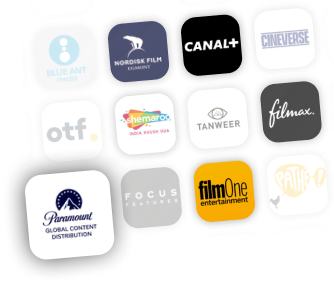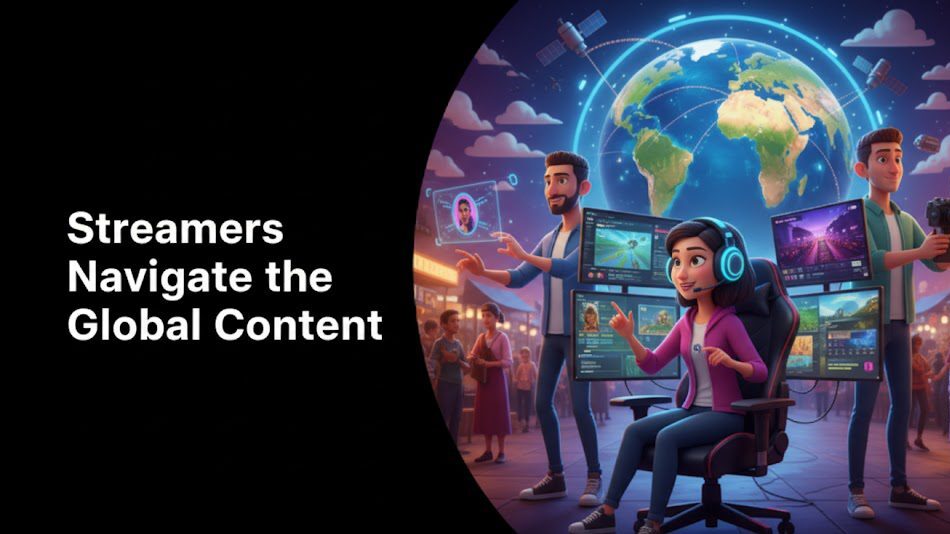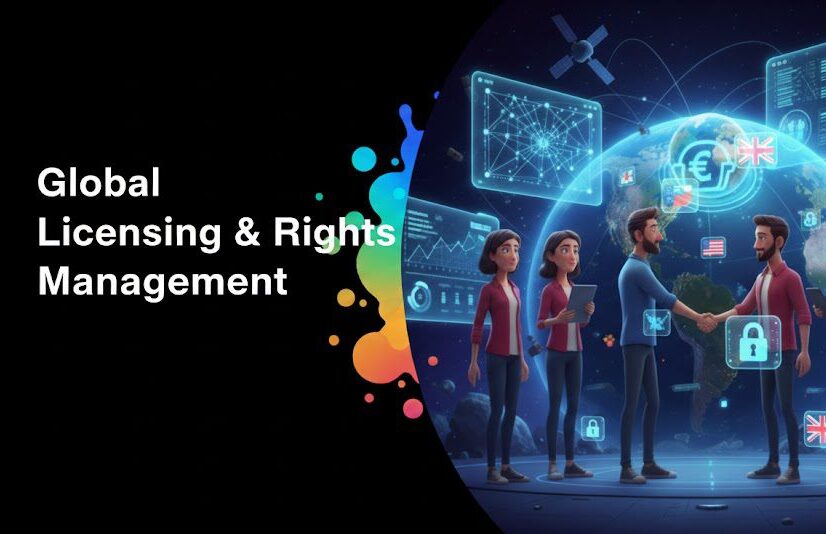Introduction
Ever wondered how true stories make their way onto the big screen? From inspiring biopics to gripping real-life dramas, adapting someone’s life story into a film or TV series requires securing life rights. But what exactly are life rights, and why do filmmakers need them?
In this article, we’ll break down everything you need to know about life rights in film & TV, including:
- What life rights are and why they matter
- The difference between life rights and public domain stories
- How life rights agreements work
- The legal and ethical challenges of adapting true stories
- How Vitrina helps production companies find the right stories and partners
By the end of this article, you’ll have a comprehensive understanding of life rights, how filmmakers secure them, and the role they play in bringing real stories to audiences worldwide.
Discover the Next Big Biopic with Vitrina

What Are Life Rights?
Life rights refer to the legal agreement between a producer, writer, or studio and an individual (or their estate) that grants permission to portray their life story on screen. These rights cover personal experiences, private details, and often exclusive insights into the individual’s life.
While securing life rights isn’t always legally required (since facts themselves cannot be copyrighted), having a formal agreement helps reduce legal risks, ensures access to unique materials, and often allows for deeper storytelling with insider perspectives.
Why Do Life Rights Matter?
For filmmakers, life rights are crucial for several reasons:
- Protection from Lawsuits – Without a life rights agreement, individuals portrayed in a film or series could sue for defamation, invasion of privacy, or misrepresentation.
- Access to Exclusive Information – Life rights deals often grant the right to interview the subject and access unpublished materials.
- Control Over the Story – Having an agreement ensures that the subject (or their estate) consents to how they are represented.
For example, films like The Social Network and Bohemian Rhapsody required extensive negotiations to secure life rights from key figures.
Life Rights vs. Public Domain
Not all true stories require life rights agreements. Some events and individuals fall into the public domain, meaning anyone can create a film about them without permission.
| Category | Requires Life Rights? | Example |
| Living People | Yes, if private matters are involved | King Richard (2021) |
| Historical Figures | No, if deceased for over 70 years | Oppenheimer (2023) |
| Public Court Cases | No, but careful adaptation is needed | The People v. O.J. Simpson (2016) |
A person’s public actions (such as court trials or political decisions) are generally free to portray, but their private conversations and personal relationships often require a life rights deal.
Simplify Life Rights Negotiations with Vitrina

How Life Rights Agreements Work
A typical life rights contract includes:
- Grant of Rights – Defines what aspects of the subject’s life can be used.
- Compensation – Payment terms, including upfront fees and potential royalties.
- Creative Consultation – Some agreements give the subject input on the script.
- Defamation & Privacy Waivers – Protects the filmmakers from lawsuits.
A well-structured life rights deal protects both the filmmaker and the subject, ensuring mutual benefits in bringing the story to the screen.
Challenges in Securing Life Rights
Even with a strong contract, securing life rights can be complex due to:
- Multiple Stakeholders – Estates, families, or business partners may hold different rights.
- Creative Disputes – Subjects may disagree with how they’re portrayed.
- Legal Risks – Some stories involve sensitive legal issues requiring extra care.
For example, the Freddie Mercury biopic Bohemian Rhapsody took years to develop due to estate and creative disputes.
Famous Life Rights Deals in Hollywood
Some of the most iconic biopics involved significant life rights negotiations:
- The Blind Side (2009) – Negotiations with Michael Oher led to legal disputes over earnings.
- The Social Network (2010) – Mark Zuckerberg declined participation, leading to a fictionalized approach.
- King Richard (2021) – The Williams family secured strong input in shaping the story.
These cases highlight the complexity and importance of securing life rights before adapting a true story.
How Vitrina Helps with Life Rights
Vitrina simplifies the process of finding, negotiating, and securing life rights for filmmakers.
✅ Find True Stories with High Potential – Access a global database of life rights-ready projects.
✅ Connect with Key Decision-Makers – Get in touch with rights holders, estates, and agents.
✅ Industry Insights & Trends – Track which life rights are gaining demand in Hollywood.
✅ Verified Data & Market Intelligence – Ensure your life rights deal is backed by solid research.
For studios, streamers, and production houses, Vitrina streamlines the journey from true story to screen adaptation.
Key Takeaways
- Life rights are essential for adapting true stories into film and TV.
- A life rights agreement provides legal protection and access to exclusive materials.
- Not all true stories require life rights—some are in the public domain.
- Negotiating life rights can be complex, but platforms like Vitrina help simplify the process.
Frequently Asked Questions
Not necessarily. If the story is based on public records, life rights may not be required.
Prices vary, but high-profile cases can command millions in upfront fees.
Yes, individuals can refuse to sell their life rights, making adaptation legally risky.





































